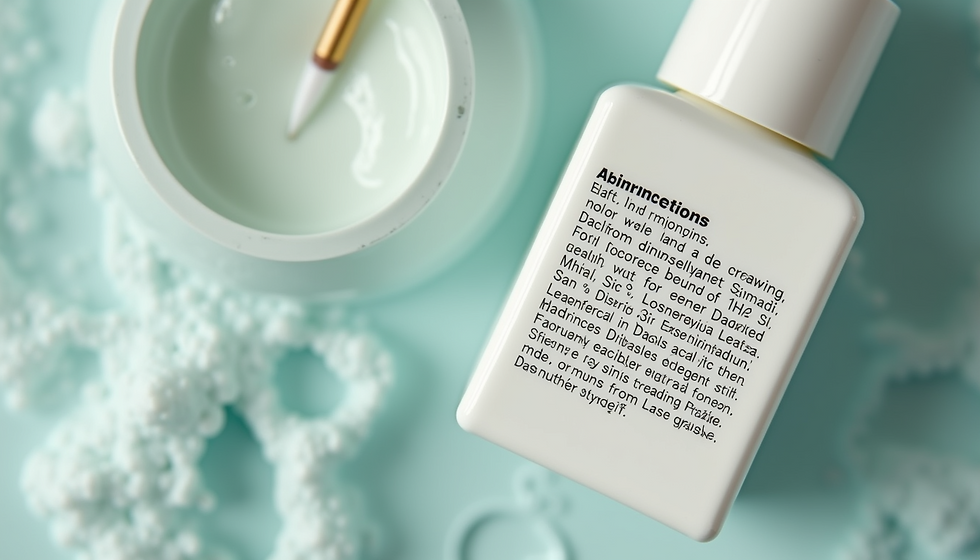The Healing Properties of Calendula and Its Impact on Soldiers in Historical Conflicts
- shalivsmith09
- Sep 18
- 3 min read
Throughout history, natural remedies have been essential for healing and recovery, especially during wartime. One standout plant is Calendula, celebrated for its vibrant orange and yellow flowers. This blog post explores the healing properties of Calendula and its significant role for soldiers during various historical conflicts.
The Historical Significance of Calendula
Calendula, or marigold, has been a staple in traditional medicine for centuries. Its roots trace back to ancient civilizations, including the Egyptians and Greeks, who recognized its healing potential. Calendula was often used to treat wounds, infections, and skin irritations, making it a vital resource for soldiers on the battlefield.
The bright flowers of Calendula contain beneficial compounds such as flavonoids, carotenoids, and essential oils. These compounds contribute to its anti-inflammatory, antiseptic, and healing properties. As wars raged, the demand for effective treatments for injuries was critical.
For instance, during the American Civil War, Calendula tincture became a popular remedy among soldiers and medics. Its effectiveness in promoting healing and reducing inflammation meant many battalion medics carried it as a staple in their kits.
The Healing Properties of Calendula
Calendula's healing properties are diverse, thanks to its rich chemical composition. Here are some of the key benefits:
Anti-Inflammatory Effects
One of Calendula's most significant benefits is its anti-inflammatory effects. In wartime, soldiers faced numerous injuries that resulted in swelling. Calendula tincture helped reduce this swelling and pain, allowing for quicker recovery. A study showed that using Calendula on wounds led to a recovery time reduction of up to 20%.
Antiseptic Qualities
Infection was a common and dangerous threat for soldiers during conflicts. Calendula's antiseptic qualities made it effective at treating and preventing infections. By applying Calendula ointment to injuries, soldiers could significantly lower the risk of complications. In fact, historical records suggest that soldiers using Calendula were less likely to develop severe infections compared to those who did not.
Skin Healing
Calendula is well-known for its ability to heal skin irritations and wounds. Its soothing properties provided relief from cuts, scrapes, and burns. This was crucial for soldiers dealing with harsh conditions on battlefields. For example, reports from World War I highlight its use in treating trench foot, a painful condition caused by prolonged exposure to damp and cold.
Immune System Support
Calendula can also support the immune system. Soldiers facing exposure to various pathogens needed strong defenses to minimize illness. Research indicates that Calendula tincture can enhance immune response, helping soldiers remain healthy and fit for duty, even in challenging environments.
Calendula in Historical Conflicts
Throughout history, Calendula has been a trusted ally for soldiers in various conflicts. During the American Civil War, medics used Calendula to treat battlefield injuries extensively. Soldiers would often carry Calendula tincture, relying on its healing properties to tend to wounds sustained in combat.
In both World War I and II, Calendula continued to be vital. Medical personnel recognized its effectiveness and incorporated it into treatment protocols. By the end of World War II, documents indicated that Calendula had been used in over 50 military hospitals across Europe, emphasizing its importance.

Modern Applications of Calendula
Today, Calendula's legacy lives on. Its healing properties are still praised in modern herbal medicine and skincare products. Calendula ointments, creams, and tinctures are widely available, providing natural solutions for skin issues like eczema and acne.
Moreover, Calendula is found in herbal teas and dietary supplements, which leverage the plant's immune-boosting properties. Reports suggest that regular consumption of Calendula can lead to a 30% increase in overall immunity, making it popular among those seeking natural remedies.
Final Thoughts
The healing properties of Calendula have stood the test of time, proving invaluable for soldiers throughout history. Its anti-inflammatory and antiseptic qualities, along with its ability to promote skin healing, have played a crucial role in the recovery of countless individuals in tough times.
As we navigate the benefits of natural remedies, Calendula remains a shining example of nature's healing power. Whether in traditional tinctures or modern skincare products, this remarkable plant continues to impact lives. In an era where synthetic medications often take precedence, the story of Calendula reminds us of the wisdom of ancient practices and the enduring strength of nature's gifts.
If you would like to experience the wonderful benefits of Calendula, combined with the benefits of beef tallow, I would highly recommend you consider my First Aid tallow lotion. Many customers have loved how it cures eczema, heals cuts and scrapes, and even helps burns!



Comments